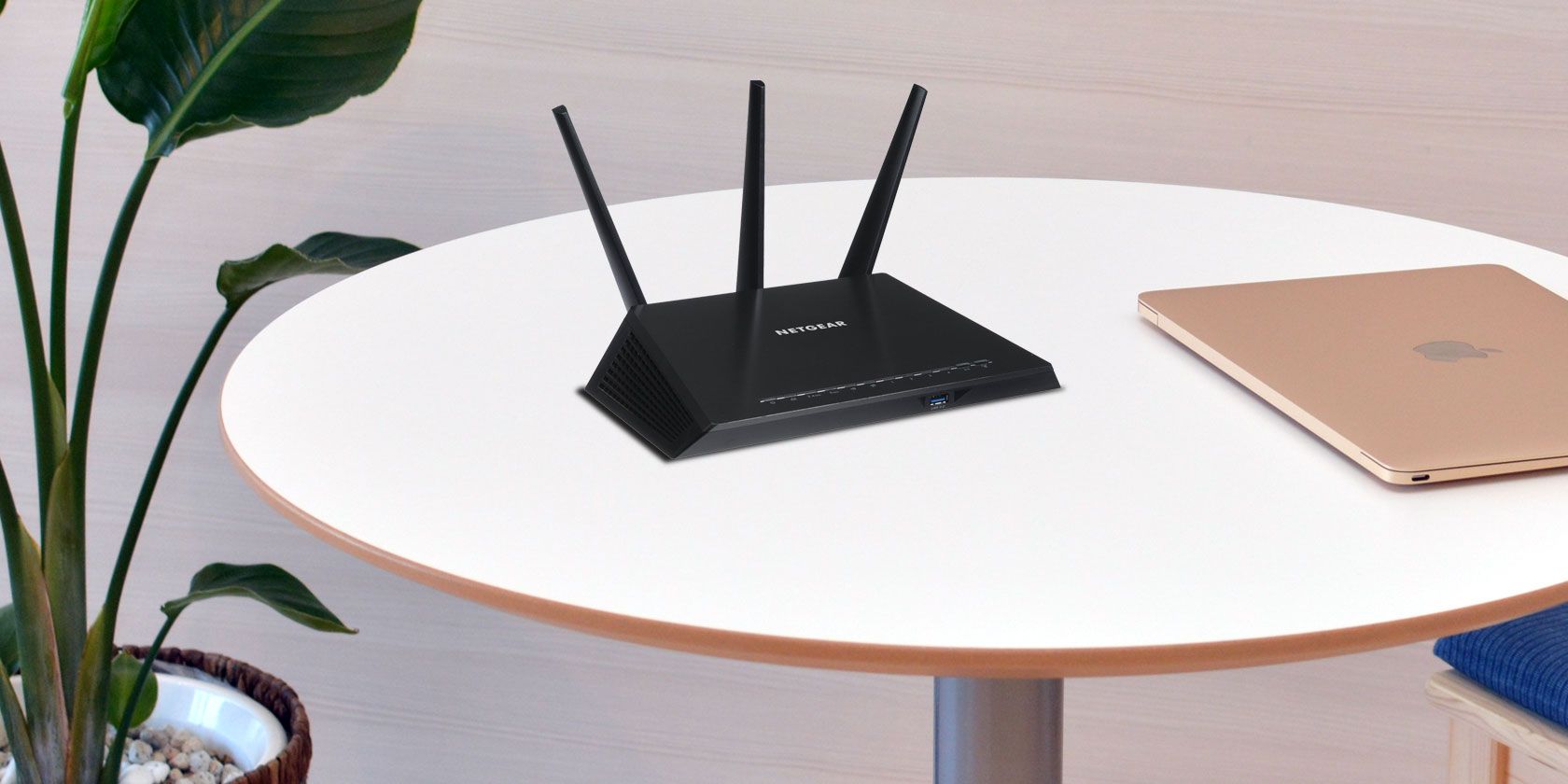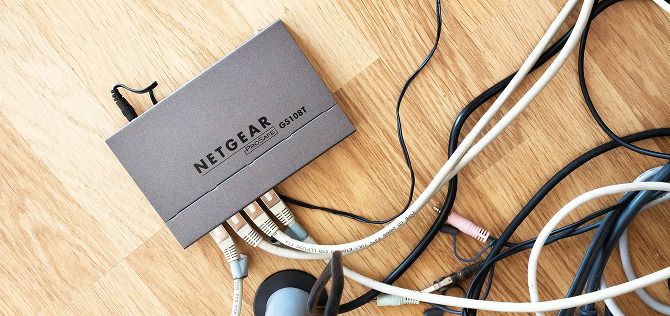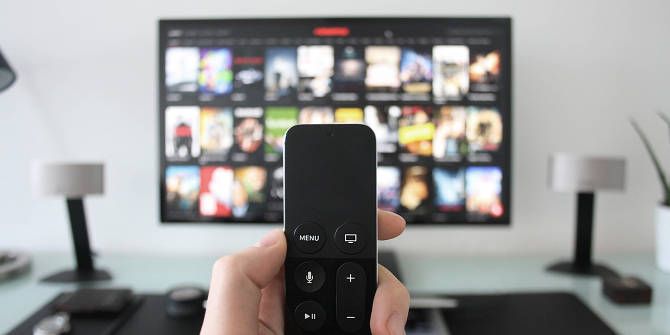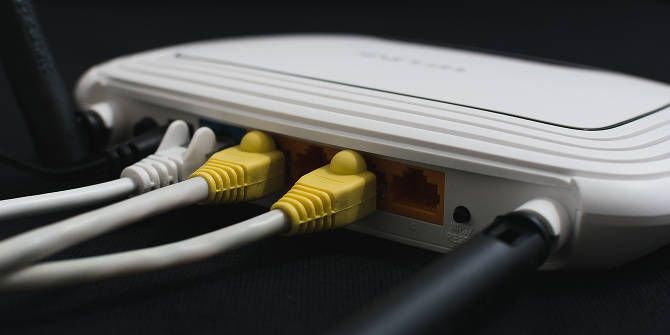Quality of service is a router feature that helps you gain control over how your bandwidth is divided between devices and apps. When your network is congested with too much internet traffic, quality of service prioritizes certain kinds of traffic over others.
Let's say you have an internet connection that's capable of 10Mbps. You're doing two things with your internet: watching Netflix and downloading a huge file. Let's say Netflix is streaming at 6Mbps while the download is always going as fast as it can manage.
Normally, routers handle internet traffic on a first-come-first-served basis. A Netflix data packet arrives? It pushes it to your TV. A download data packet arrives? It pushes it to your PC. But the router can only handle so much data per second, so sometimes the data packets get backed up and form a line -- especially when a ton of packets arrive at the same time.
Quality of service allows the router to prioritize, say, Netflix data packets. Even if a bunch of download data packets are "waiting in line" (so to speak), the moment a Netflix data packet arrives, the router shifts its attention and handles it immediately.
This can have a hugely positive impact on your home network, particularly when you have multiple people on multiple devices all trying to do bandwidth-intensive activities. It's a must-use feature! Here are several situations where quality of service can come in handy.
1. Reduce Lag in Online Games
Online gaming is arguably the most latency-sensitive activity of all. Missed and/or delayed data packets can cause all kinds of nonsense, including laggy movement, unresponsive actions, rubberbanding, disconnections, etc. Whether you're playing an MMORPG or an intense player-versus-player shooter, lag is the last thing you want.
Indeed, quality of service is crucial for optimizing online gaming performance. However, we don't recommend getting a gaming router. Not only are they overpriced, but quality of service is a feature available on regular everyday routers.
2. Improve Video Chat Quality
When using Skype, Google Hangouts, Discord, or any other video chat app, you have to remember that real-time video data uses a lot of bandwidth. If you're trying to video chat with a spouse, girlfriend, boyfriend, parent, child, etc. but it's choppy and inconsistent because your roommate is watching Netflix in 4K, then quality of service can help. (Your roommate's Netflix quality may get reduced though.)
3. Stream Netflix Without Interruptions
Maybe you're the one watching Netflix in 4K but the quality keeps dropping down because you're also trying to download a new Linux operating system. You could artificially limit the download speed, but quality of service is better because it lets you keep watching in 4K while maximizing download speed. In essence, the download fills up whatever bandwidth isn't used by Netflix. That's the beauty of quality of service.
Of course, this also applies to any kind of media streaming activity. YouTube? DailyMotion? Vimeo? Spotify? Google Play Music? Just set quality of service for all of them and you'll never have to worry about choppy or buffered streams again.
4. Minimize Heavy Downloading
One useful aspect of quality of service is that it doesn't just prioritize this traffic over that traffic, but you can deprioritize certain kinds of traffic. If someone on your network is always hogging the bandwidth, you can restrict how much bandwidth they're allowed to use. That way you can still browse the web in peace without having to prioritize web traffic.
So if you live with that one roommate who runs torrent downloads 24/7 and refuses to stop, this is one way to restore network order -- assuming you have control over the router and he doesn't. Heavy downloaders can ruin any network, so don't hesitate to use quality of service.
5. Prioritize PC Traffic Over Other Traffic
Most home internet traffic these days is divided between desktops (e.g. gaming, streaming, downloading), mobile (e.g. browsing, streaming, gaming), and other devices (e.g. smart home gadgets, smart TVs, streaming players, etc.). In general, desktop traffic tends to be more important than the rest, so it should be prioritized.
With quality of service, you can set certain devices as more important than others. It doesn't have to be the desktop PC -- if you want your smart TV to be the most important device in your house, you can set it that way. Or if you want your tablet to be the least important device, that's possible too.
The Two Types of Quality of Service
Not all routers have quality of service, but most modern ones do. However, if you're in the market for a new router, we consider it so important as to be an essential router feature you can't live without. In fact, if your router doesn't have it, we'd consider it enough of a reason to consider upgrading to a newer router.
But not all quality of service is the same! Some routers market themselves as supporting "quality of service," but this can be somewhat deceptive because there are two kinds:
- Wi-Fi Multimedia (WMM): This feature is the simplest form of quality of service. You simply turn WMM on or off. When toggled on, it automatically detects audio and video streaming data and gives it priority. It only works with Wi-Fi traffic though, and you can't customize what or how it prioritizes.
- Bandwidth Control: This feature allows you to set minimum and maximum bandwidth limits using IP addresses and port ranges. IP addresses correlate to devices while port ranges correlate to apps. This is the truer form of quality of service.
When shopping for a router, make sure you get one that supports Bandwidth Control in addition to Wi-Fi Multimedia. While Wi-Fi Multimedia isn't bad, it doesn't have the flexibility that makes quality of service so useful.
We'd love to show you how to enable quality of service on your router, but every router model is different so universal step-by-step instructions are impossible. Fortunately, these settings are pretty straightforward to find. WMM should be located under the Wireless section, and Quality of Service (or Bandwidth Control) usually has its own section that's often tucked behind an Advanced settings menu.
After quality of service is set up, keep going by tweaking your router security settings. Performance is important, but nothing trumps security!
How are you going to use quality of service? What other router settings do you consider essential for everyday home networks? Let us know in the comments below!







